The Boat
Limited Edition

Eduard, 1/72 scale
S u m m a r y : |
Catalogue Number: |
Eduard Kit No. 2118 – “The Boat” Limited Edition |
Scale: |
1/72 |
Contents & Media |
114 grey and 23 clear styrene parts, 34 resin parts, 76 PE parts on one fret, a pre-cut canopy and wheel mask, seven decal options, a reference book with in service and restoration walkaround images. |
Price: |
Available online from these stockists:
Click for currency conversion. |
Review Type: |
First Look. |
Advantages: |
Nice surface detail, good interior detail for the scale, reference material included. |
Disadvantages: |
The good limited run base kit does not live up to Eduard’s established top quality long-run kit reputation. |
Conclusions: |
“The Boat” is the best boxing so far of the Sword base kit. This is thanks to its PE details, paint mask, and additional resin parts, whilst the reference booklet is a nice bonus too. Eduard has attached a relatively hefty price tag of US$75, but fortunately the kit can be had for far less from several major stockists.
I did ponder the wisdom of Eduard offering a relatively old limited-run kit, with its associated fit challenges; especially when their own more recent kits have a reputation for quality rivalling the best brands like Tamiya. Perhaps like its Royal Class editions, this boxing is aimed at collectors as much as builders.
But my job is not to second-guess Eduard’s marketing strategies. What they have given us is the only S-43/JRS-1 kit available, and improved by some measure what the package has to offer through additional PE, resin and paint masks.
Most major stockists are asking a reasonable price for the kit, albeit that it might not be the usual bargain that equivalent ProfiPACK kits represent. I am happy to recommend it. |
Reviewed by
Mark Davies

Eduard’s 1/72 The Boat Limited Edition is available online from Squadron.com
The S-43 first flew in 1935, and was a smaller version of the Sikorsky S-42 "Clipper". It accommodated between 18 and 25 passengers, with a separate two-crew forward cockpit. The S-43 was known as the "Baby Clipper" in airline service.
On April 14, 1936, an S-43 with a 500 kilograms (1,100 lb) payload, piloted by Boris Sergievsky, set an altitude record for amphibious aircraft when it reached an altitude of 27,950 feet above Stamford, Connecticut. Also aboard was designer Igor Sikorsky.
In total, approximately 53 S-43s were built, including examples of the twin-tailed S-43B.
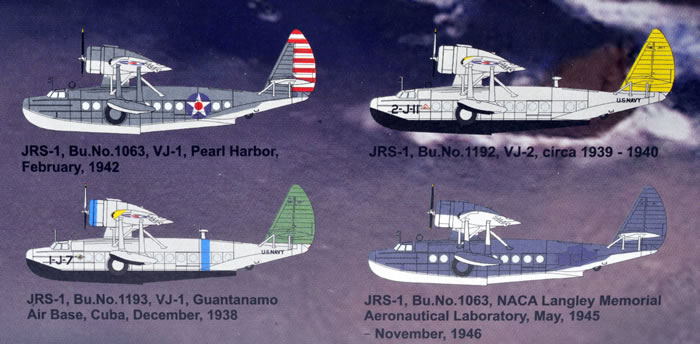
The S-43 was used primarily by Pan American World Airways for flights to Cuba and within Latin America. Two were also flown by Reeve Aleutian Airways in Alaska and three were used by Inter-Island Airways of Hawaii, the predecessor to modern-day Hawaiian Airlines, to ferry Pan-Am Clipper passengers and local residents from Honolulu to the other islands. One aircraft was purchased by Norwegian airline Det Norske Luftfartselskap. Panair do Brasil operated seven aircraft. Five S-43s were used between 1937 and 1945 by the French company Aéromaritime on a colonial airway between Dakar (Senegal) and Pointe-Noire (Congo). Reeve Aleutian Airways owned two S-43s during the 1950s, one operational (N53294 purchased 1948 and trade for G-21 in 1957) and one for spares (fuselage at Alaska Aviation Heritage Museum). Another S-43 was operated in Alaska with an unknown operator, wrecked at Chignik, AK, 1950s.
Five aircraft were acquired by the U.S. Army Air Corps in 1937 under the designation OA-8 and were used for transport of freight and passengers. 17 aircraft were procured by the U.S. Navy between 1937 and 1939 as the JRS-1, two of which served the U.S. Marine Corps. One JRS survived in service at the end of 1941.

The Smithsonian National Air & Space Museum's Steven F. Udvar-Hazy Center in Virginia is currently restoring a Sikorsky JRS-1 that was on duty at Pearl Harbor on December 7th, 1941.
Two aircraft went to private owners: Harold Vanderbilt and Howard Hughes. Hughes' S-43 N440 remains the last example of this aircraft type flying. It is now owned by Kermit Weeks and has been relocated from Texas to the restoration facility at the Fantasy of Flight Museum in Polk City, Florida where it is awaiting reassembly and restoration.
Source: Wikipedia
Previous 1/72-scale S-43 / JRS-1 Kits
I am only aware of two previous Baby Clippers in “The One True Scale”, a full resin kit by Dekno dating from the late 1990’s, and a limited-run injected kit released by Sword in 2003. I w as surprised upon checking my database that I did not have any record of vac-form S-43s, although I feel sure there must be some.
Sword’s kit has been previously re-boxed by Special Hobby with the addition of PE details, and again by Eduard as “The Boat” reviewed here. Eduard chose this subject to commemorate the 75th anniversary of Japan’s attack on Pearl Harbour because a JRS-1, as the December 2016 release of “Info Eduard” magazine would indicate:

However, it seems a lot of effort to use a 75th anniversary as a marketing opportunity with an obscure type not widely associated with the Pearl Harbour attack, and then to not mention it on the box art.
The Contents
The parts come in a top-opening box and are enclosed in re-sealable cellophane bags, with the clear sprue, resin parts, PE fret, canopy mask and decals each in their own separate bags.
The instruction booklet is printed in colour on glossy paper, with clear and easy to follow drawings. These can be viewed or downloaded from Eduard’s website by clicking here. Colour call-outs are cross referenced to Gunze Sangyo’s Aqueous and Mr. Color paint ranges using generic names, no FS-595 codes are provided.

Also included is a 27 page booklet printed on A4 gloss paper by Patrick A. Robinson and David Aiken. It provides a short general history of the S-43 / JRS-1; an account of the improvised search missions conducted by JRS-1s during the Pearl Harbour attack, and subsequent attack on one by a Japanese Zero; several good photos of JRS-1s in service, that include the subjects of the markings offered; colour profiles; and a walkaround of the JRS-1 that was present at the Pearl Harbour attack being restored at The Smithsonian National Air & Space Museum's Steven F. Udvar-Hazy Centre in Virginia, USA.
These walkaround and in-service images should prove useful when building the model, although I cannot help but wonder how much cost this booklet adds to the kit’s price, and whether or not it really adds that much value.
The Kit
Despite its age, the JRS-1 has long been one of Sword’s best kits, although as I will indicate later, it does have some problem areas. To date it is still their largest kit in 1/72 scale.
The moulding is generally crisp with the nice shiny finish that characterises Sword’s products. Surface detail is nicely done, whilst internal detail as offered by the original kit’s combination of styrene and resin is also good. Sprue gates are less refined than for long-run kits, but good by limited-run standards. There are some ejector pin towers that require removal for a good fit in some places, but these are easily dealt with. Transparencies are crisp and clear, and will bare comparison with quality brand long-run examples.
The moulds have held up well, as after comparing the Eduard issue with my own 2003 Sword release I could find no sign of mould wear other than a panel line between the engine nacelles on the upper wing that would benefit from a gentle re-scribe to remove some infill. I did find a couple of easily dealt with sink-marks on the Eduard release that were not present on my Sword copy.
The Eduard issue improves on Sword’s release with the provision of a coloured PE parts covering the main and overhead instrument panels, crew harnesses and passenger seat belts; although I think not much of this will be easy to see on the completed model.
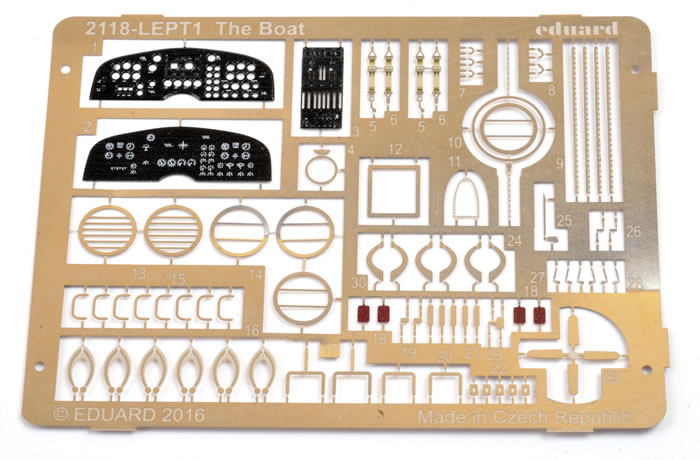
A more significant improvement over the original is achieved by the plain PE parts that enhance various surface detail features and supply the protective bars fitted inside some of the portholes. Another significant benefit of the Eduard release is that it comes with a pre-cut paint mask for the cockpit and cabin windows, as well as the wheels.
Eduard’s issue also includes resin spinners and alternate exposed hub with balance weights, plus a ram-air turbine; features not provided by the Sword or Special Hobby boxings.

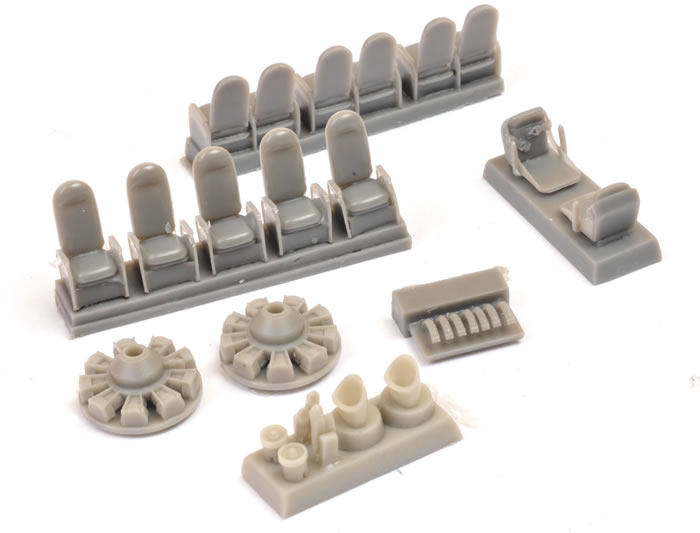
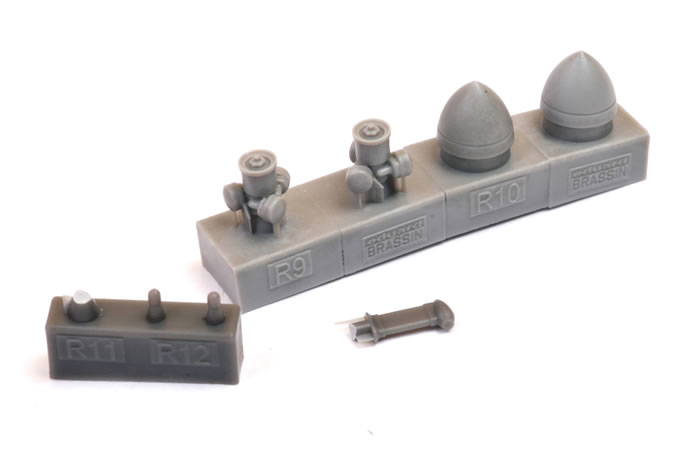
I confess to being surprised that Eduard did not include their own existing JRRS-1 upgrade PE set, #72642, as this set offers some very useful external enhancements in particular. I would have preferred the inclusion of this set to the reference booklet if it was a matter of choice.

In addition to Eduard’s JRS-1 Upgrade PE set mentioned earlier, there is also a resin set by CMK available separately, #7126, that offers a few detail parts and separate control surfaces:
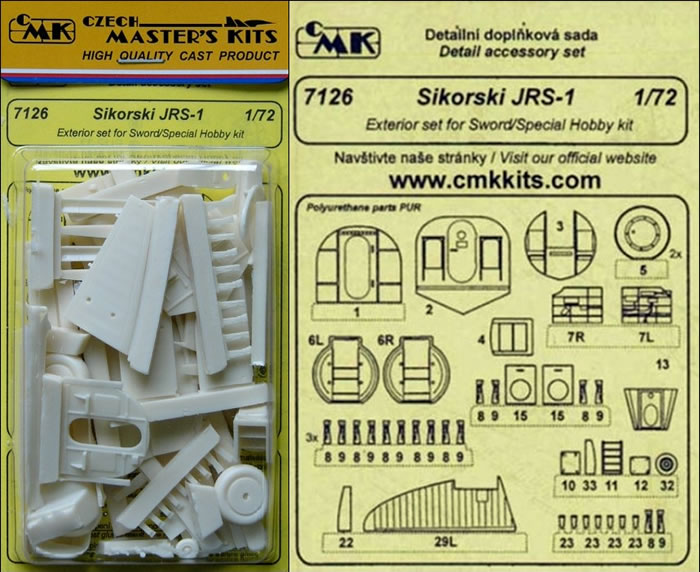
Approach to Review
As the base kit has been around for over a dozen years I will forgo my usual blow by blow description of the parts and points to watch out for during construction. Instead I shall link to some excellent articles that have appeared previously on HyperScale. These give a realistic view of the challenges the kit has to offer, as well as one modeller’s concerns regarding the accuracy of some areas.
These two articles, Brett’s accompanying images, and referral to the linked instruction sheet above, should provide more than enough insight to this kit. Before linking to the articles I will summarise by saying that the kit appears to offer a good and accurate outline of the original, and presents minor assembly challenges typical of limited-run kits dating from a decade or so ago:
-
James Kelly wrote a very good constructional article of the Special Hobby issue here on HyperScale in February 2007. It gives an excellent insight into the quite surmountable challenges the kit presents, as well as illustrating what a fine model can result from the base kit.
-
Bernhard Schrock presented a gallery article here on HyperScale in November 2005. In the article Bernhard mentions points of accuracy that some may wish to address, whilst the images of his stunning model illustrate just what is possible when time and true talent are applied to this kit. Bernhard has made numerous detail additions and refinements, and serves as a useful pointer for those who want improve their Baby Clipper.
Further reading that provides additional insights to the kit include:
-
An in-box review of the Special Hobby release by Glen Porter here on HyperScale in April 2006;
-
A constructional article on the original Sword release by Matt Swan here on Swanny’s Models from 2005; and
-
For those who have a copy, there is a build review article by Alistair Mclean in Scale Aircraft Modelling Vol 28 No10 (December 2006).
The kit offers a good package, but I initially thought Eduard’s price tag of US$75 relatively hefty. By comparison, and allowing for inflation, the 2006 Special Hobby boxing would retail at around US$49 in today’s money; but to be fair it has less PE and lacks a paint mask or resin prop parts. However, I note that stockists are actually listing “The Boat” at lower prices, some in a range equivalent to US$39 and US$50, which seems quite reasonable to me.
Colours & Markings
Eduard has provide seven markings options, three being bright yellow-wing options, and the rest wearing a selection of wartime plumage. One yellow wing and all wartime options cover a single airframe, the Smithsonian National Air & Space Museum's Bu. No 1063, at various periods of its service life:
- Bu. No 1063, VJ-1, 1938-39;

- Bu. No 1193, VJ-1, Guantanamo Air Base, Cuba, December 1938 ;
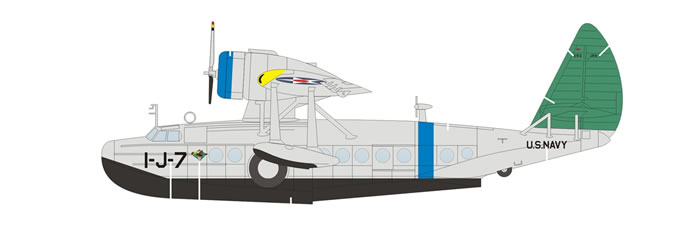
- Bu. No 1063, VJ-1, Pearl Harbour, February 1942;
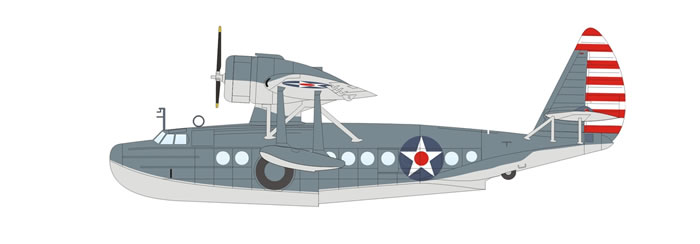
- Bu. No 1063, VJ-1, summer 1943;

- Bu. No 1063, VJ-1, summer 1943 to early-1945;

- Bu. No 1063, NACA Langley Memorial Laboratory, May 1945 to November 1946; and
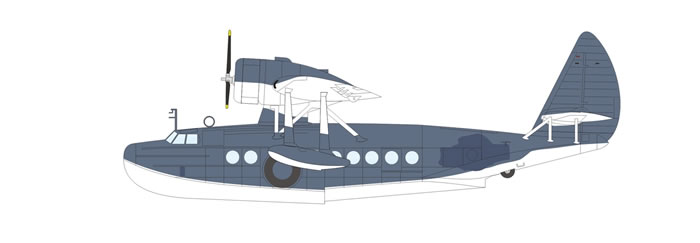
- Bu. No 1192, VJ-2, circa 1939 to 1940.

The decals appear to be of excellent quality, with crisp registration and good colouration.
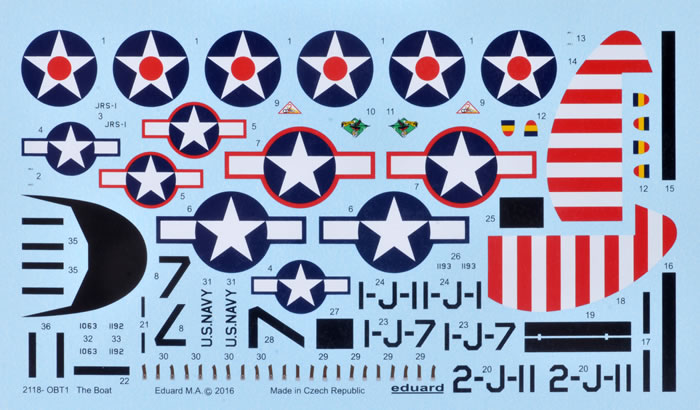
“The Boat” is the best boxing so far of the Sword base kit. This is thanks to its PE details, paint mask, and additional resin parts, whilst the reference booklet is a nice bonus too. Eduard has attached a relatively hefty price tag of US$75, but fortunately the kit can be had for far less from several major stockists.
I did ponder the wisdom of Eduard offering a relatively old limited-run kit, with its associated fit challenges; especially when their own more recent kits have a reputation for quality rivalling the best brands like Tamiya. Perhaps like its Royal Class editions, this boxing is aimed at collectors as much as builders.
But my job is not to second-guess Eduard’s marketing strategies. What they have given us is the only S-43/JRS-1 kit available, and improved by some measure what the package has to offer through additional PE, resin and paint masks.
Most major stockists are asking a reasonable price for the kit, albeit that it is not the usual bargain that equivalent ProfiPACK kits represent. I am happy to recommend it.
Thanks to Eduard for the sample
Review Text and Images Copyright © 2017 by Mark Davies
Sprue Photos Copyright © 2017 by Brett Green
Page Created 13 March, 2017
Last updated
13 March, 2017
Back to HyperScale Main Page
Back to Reviews Page |
